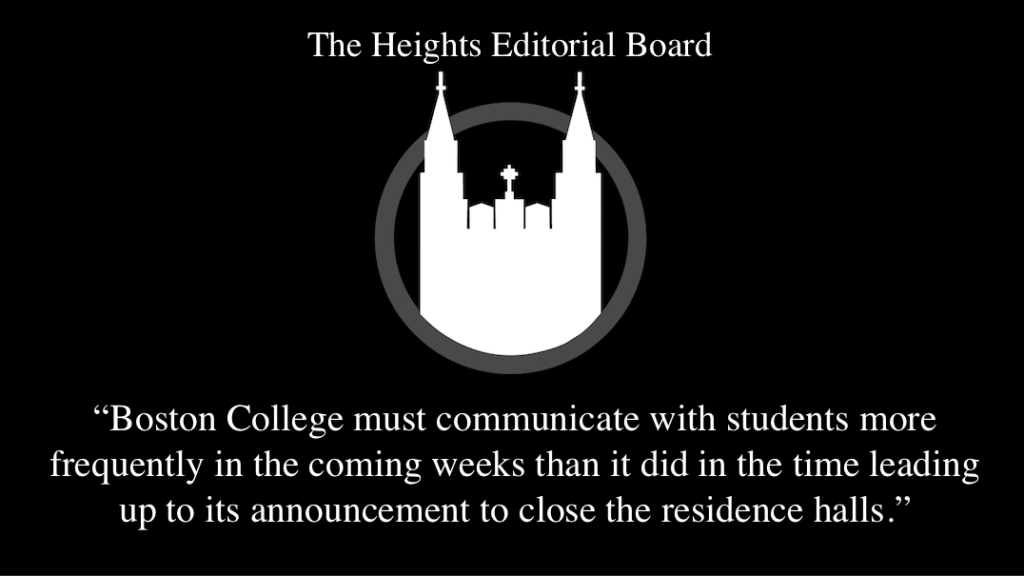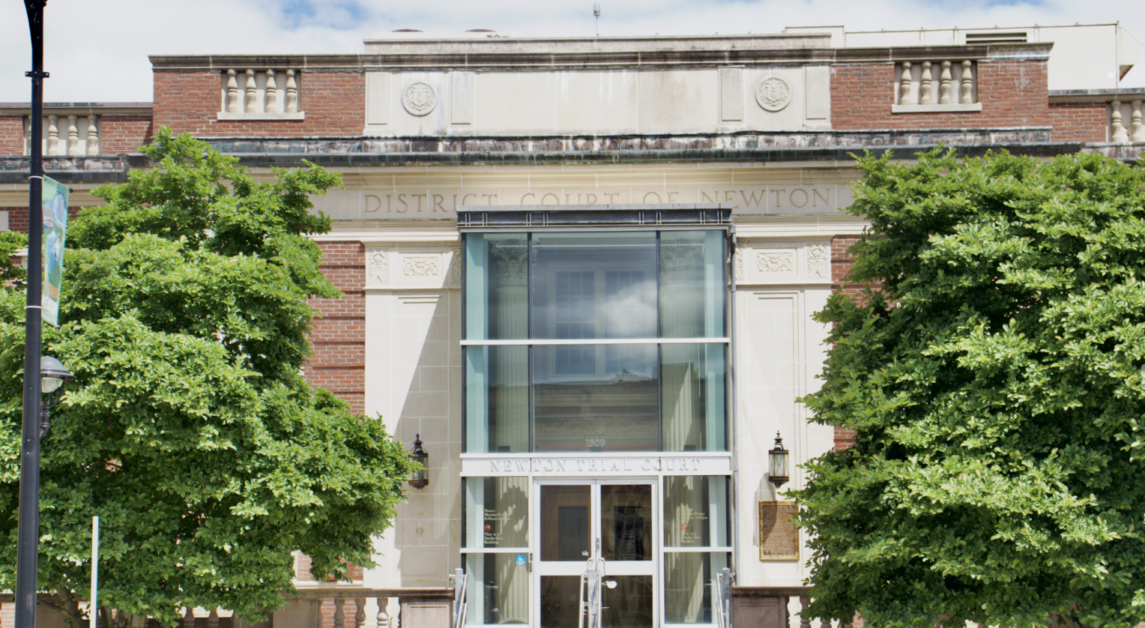Standing on the outskirts of something gives you a unique view of the world. This vantage point, although sometimes difficult to maintain, allows the rest of the world to forget your existence. You can just observe the goings on, and imagine what the world might look like if you didn’t exist in it. Strangely enough, this vantage point strikes me most powerfully when I am on the aboveground sections of the T, an area where I feel sharply integrated into the world, as I often share a small space with lots of other people, but also completely separated from the world outside of the car.
For anyone who grew up in the Boston area—probably stitching together their childhood memories from journeys into the city, and buried beneath feet of Boston snow—the quality that I find most charming about this area’s public transportation system might seem odd: I like that it spends a good chunk of its time aboveground.
In many cities, the public transportation system, including the Metro that runs through my own hometown of Washington, D.C., inhabits the bowels of the earth, the damp underground spaces where no one really wants to go. When I think back to my childhood experiences on the Metro, I often imagined that as I slowly rode the eternal escalators down to the platform I was descending into some kind of mythical underworld. This might sound like a frightening thought for a child, but it really wasn’t. I would turn around as the escalators carried me down, and stare at the portal of daylight that was quickly fading into the distance. Then I would look to the dark area where I was headed and listen to the cool automatic voice making announcements overhead and the loud rushes of wind that the Metro made as it flew through the station. Honestly, I found the underground journey more exciting than terrifying, like a visit to another world where everything was just slightly damp, dramatic, and dimly lit.
But my enjoyment of the Metro’s underground world had (and still has) about a twenty-minute time limit. Fairly soon after, I inevitably begin feeling trapped and hidden from the rest of the world above me, and I cannot help but imagine what would happen if my train broke down in one of the tunnels. With no means of escape or exit—even trying an emergency door didn’t seem plausible because of that pesky third rail—who knows how long a car full of anxious people would last before they turned on each other. It just seemed like opening up the door for a horror movie waiting to happen.
Thankfully, I have yet to experience this vague nightmare, but you must be able to imagine the delight that I felt a few years ago after discovering that there were huge chunks of the T that ran aboveground. The possibility of a wide-reaching city transportation system running aboveground had never even occurred to me before. So, the first time that I took the B line back downtown from the Boston College stop, I marveled at the daylight pouring through the windows and was shocked that the T basically ran right next to the cars. For a couple of minutes, I couldn’t understand why D.C. didn’t move some of the Metro aboveground, but when I realized just how long the aboveground travel took, it made a whole lot more sense. I decided that aboveground travel wasn’t worth the small eternity that the B line takes to get anywhere, and was ready to forgo the ideal entirely.
But shortly into freshman year, I discovered the D line—the ideal form of public transportation. Not only does this line of the T mostly run above ground, but it stays on the outskirts of the city. From this location, it gets you downtown fast, but more importantly, it offers you a completely new way of seeing at the world.
As you head downtown on the D line, your view out the (sometimes) sunlit window is one of real houses, but not their fronts. In the blink of an eye you glimpse real life, the backyards, and the sheds. Instead of being presented with the carefully designed facade and perfectly manicured lawns, the view from this kind of outskirt let you in past the front that people put up. From the windows of the aboveground T, you can see failed gardens and works in progress that are hidden from the public. This is where the toys are scattered across the yard after a day spent playing outside ultimately, and where you grill on a summer day.
And even though I’m sectioned off within the T, this vantage point makes me feel closer to the rest of the world than ever feel before.
But the interesting questions arise when you admit that people aren’t really so different from houses. Especially in college, everyone has their front, that carefully manicured image that they present to the rest of the world. So how do you get that view from the outskirts and understand who they really are?
Featured Image by Madeleine D’Angelo / Heights Editor













